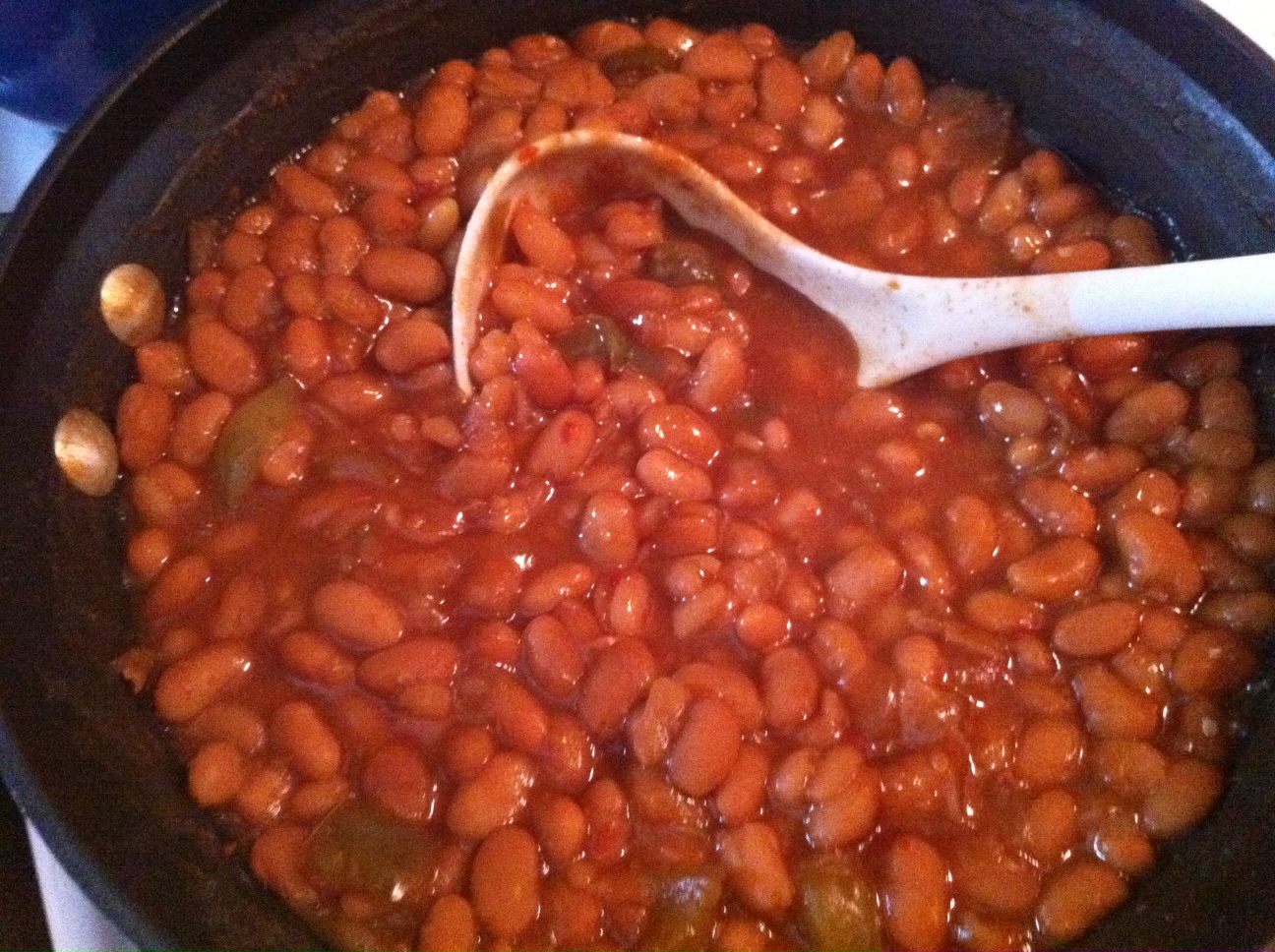2 Apr
Savory French Toast with Sundry Sauces (Vegetarian)
This French toast was inspired by my newfound constant craving for French toast and my perennial wish to make something J would like. Tragically, he doesn’t like sweet things for breakfast. Reasoning that French toast is pretty much just a bread omelette, I figured it shouldn’t be a problem to prepare and garnish it as such in lieu of the typical powdered sugar and maple syrup. Mind you, these days I am not quite so precise and careful at measuring things as before, so I can only give you an approximate recipe. You will have to give yourself over to that universal instinct that prevents most independently functioning people from being able to mess up French toast.
For the sauces, I served it with a few things I had on hand, including:
- Seared grape tomatoes with balsamic
- Sweet chili jam
- Sapote curry butter
- J’s tomatillo salsa
… but don’t feel limited by my choices (btw, recipe for the sapote butter is coming soon). It would go well with pretty much anything you might use as a condiment for eggs.
Savory French Toast with Sundry Sauces (Vegetarian)
- 3 – 4 large, organic cage-free eggs
- 3 tbsp heavy cream or half & half (could also use milk if you prefer)
- 1/2 c. grated cheese (I recommend Parmesan, Cheddar, Monterey or Gruyere*)
- Salt and pepper to taste
- Dash of cayenne, if desired
- ½ loaf of French bread or baguette, sliced thickly (about 2 inch slices)
- Butter or olive oil
Preheat your oven to the Warm setting (or 200 degrees if you don’t have Warm). Have a baking sheet handy.
Crack the eggs carefully into a medium sized bowl. Break up the yolks first, then whisk in the cream briefly. Be careful not to over-whisk; over-whisking results in excessively fluffy eggs, which I can not abide. Also, you want the eggs to be extra thick and eggy for a more savory toast. Not necessarily something anyone would notice besides me, but hey. Season to taste with sea salt and pepper, and stir in about half the grated cheese, reserving the rest for topping.
Heat a large skillet on medium. When the skillet is hot, add the butter (or oil) and heat. Dunk a bread slice in the egg mixture on each side, making sure each is thoroughly saturated. Place in skillet and cook on each side until cooked through and lightly browned, approximately 3 – 5 minutes each side. I recommend cooking two or three slices at a time. When each slice is done, place on baking sheet and sprinkle with a bit of cheese. Place them in the oven to melt the cheese and keep them warm until they’re all ready to be served. Garnish with the egg dressing of your choosing and a sprinkling of parsley or basil, and enjoy! If you need ideas, the Seared Grape Tomatoes with Balsamic is quick and easy.
*Some cheeses are made with rennet, which is not vegetarian. Depending on which type and brand of cheese you use, this dish may not be 100% free of “meat.” Just saying. Gotta keep it real.












Recent Comments